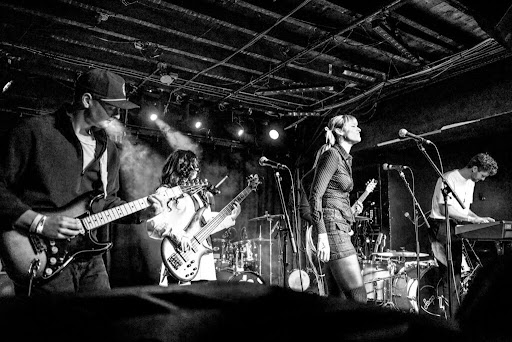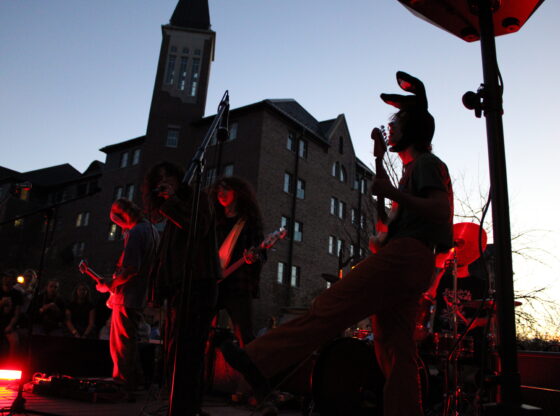Back in June, country music trio Lady Antebellum changed their name to “Lady A” in response to the Black Lives Matter protests over the death of George Floyd. The band must not have bothered to conduct a Google search of the name first because a blues singer named Anita White has been performing under the stage name “Lady A” for 20 years. Now, these three white artists are suing a Black musician for the rights to her own name.
It is only fitting (if coincidental) that a film like Gerard Bush and Christopher Renz’s “Antebellum” (2020) would come out at such a moment.
Released to video on demand Sept. 18 after a series of theatrical delays due to the COVID-19 pandemic, the horror picture was produced by Sean McKittrick, whose other credits include Jordan Peele’s “Get Out” (2017) and “Us” (2019).
Following the same vein as his other “social horror” films, “Antebellum” stars Janelle Monáe as a present-day writer who finds herself trapped in an American Civil War-era slave plantation. It is a wonderwork of a premise. Monáe falls asleep in one shot and wakes up in the next like she is in Satoshi Kon’s “Perfect Blue” (1997) or David Lynch’s “Mulholland Drive” (2001). She metamorphoses between her dual roles like Lupita Nyong’o in “Us.” Her nightmare within a nightmare calls to mind Tom Ford’s “Nocturnal Animals” (2016) and Tarsem Singh’s “The Fall” (2006) or more recent Lady Gaga music video, “911.” Artistically, “Antebellum” recreates the theme of Sir Alfred Hitchcock’s “Vertigo” (1958) as obsessively as Hitch’s antihero recreates the past.
Unfortunately, though, the idea of the film is better than the film itself. While it may remind you of these superior releases, it does not equal them. Bush and Renz’s on-the-nose dialogue is a far cry from Peele’s Academy Award-winning original screenplay for “Get Out,” and it is one symptom of a larger disease infecting the movie’s structure. Continually, the audience’s intelligence is underestimated. A cleverer film than “Antebellum” would exist on a Möbius strip, inspiring viewers to theorize as to where the waking world ends and the dreamscape begins.
But where such an endeavor would mystify, “Antebellum” confuses. The opening scenes would work better as a prologue or short film in its own right than a first act. The historical drama transitions less than seamlessly into an overall unambiguous conspiracy chiller for the second and third acts. Something more open-ended would have saved it.
Viewers are not left with loose ends, begging to be tied up in a bow like the film is a gift to your own mind. We are left with plot holes.
“Antebellum” could and should have been more important than it is. Either Bush or Renz or both could have been the next Brian De Palma. Instead, all they do is make the Peele-produced Nia DaCosta vehicle, “Candyman” (2021), feel that much further away.











